原爆資料写真展「子どもたち、世界に!被爆の記録を贈る」
Photo exhibition of atomic bomb documents: "To children, to
the world! Presenting records of the atomic bombing"
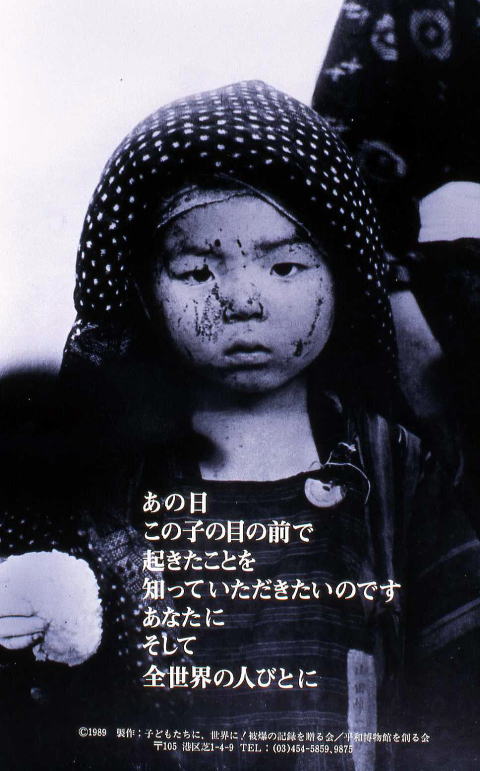
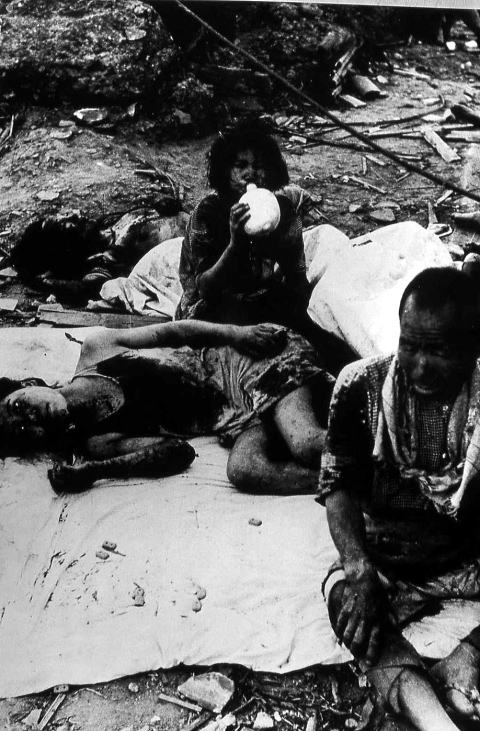
「おにぎりを持つ男児」8月10日爆心地から南1.5㎞の長崎駅近くの井樋
ノ口(きびのくち)交差点付近、長崎県大村市の救護本部が炊き出しした
おにぎり(陸軍省西部軍報道部部員:山端庸介氏撮影)=出典:東京新聞

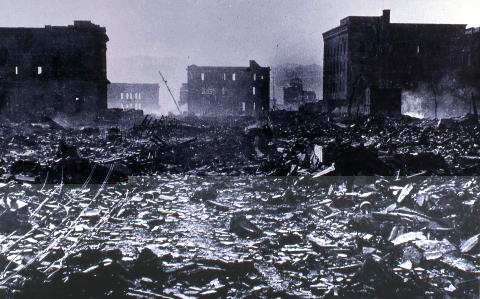
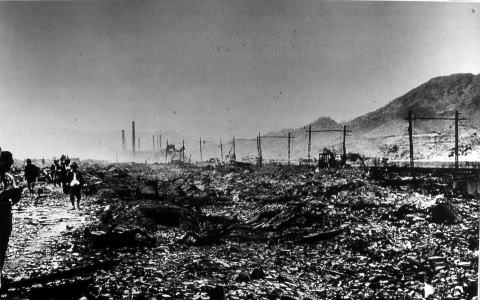
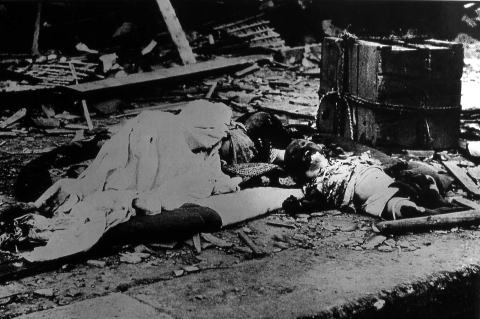
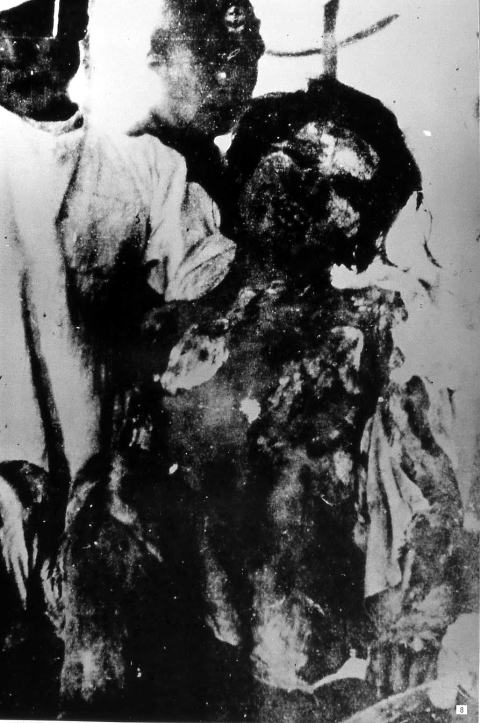
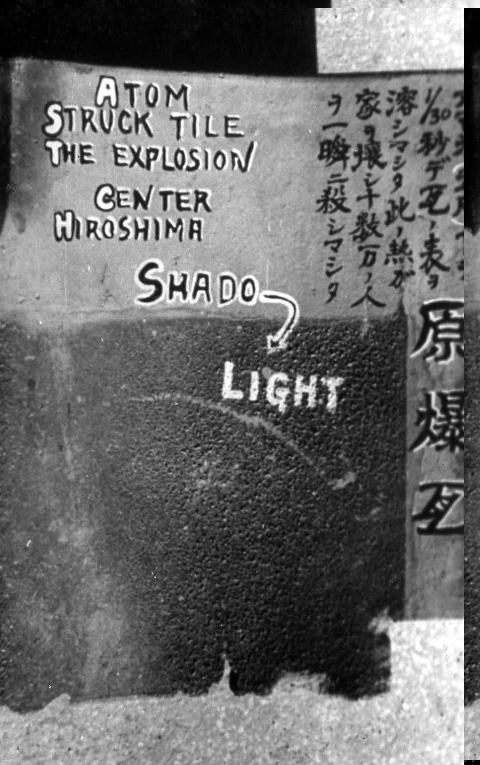
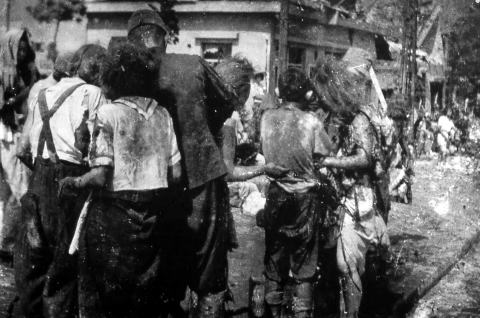
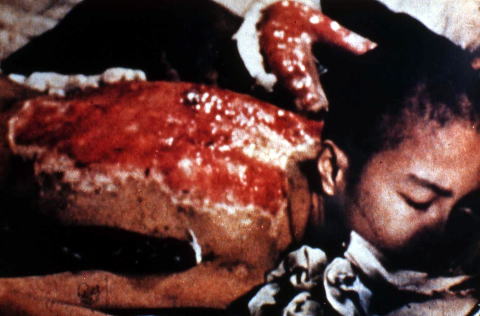
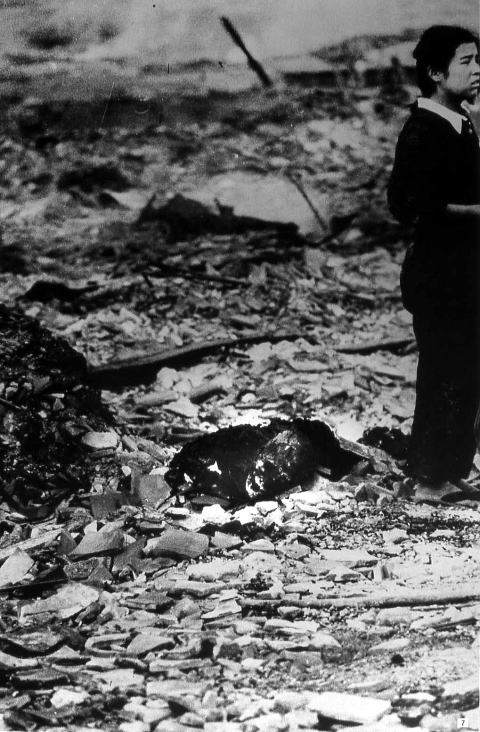
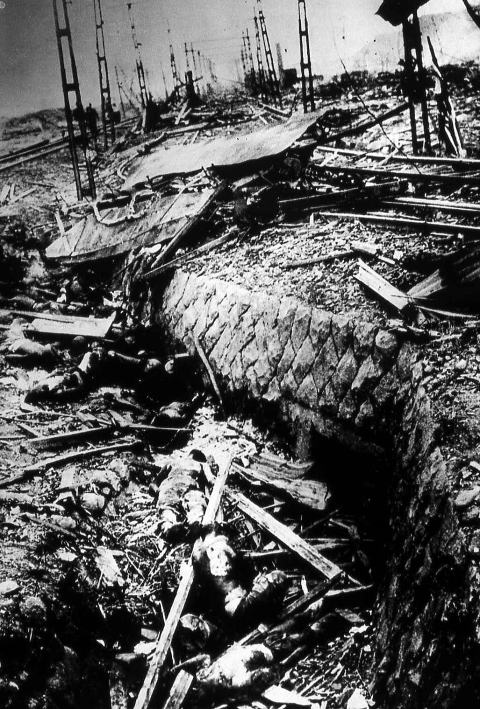
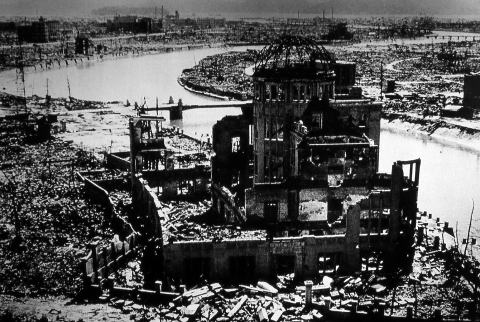
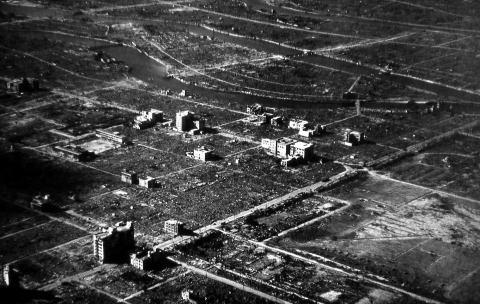
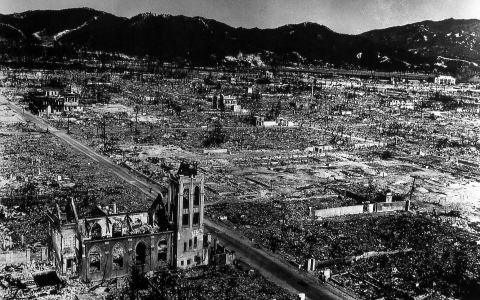
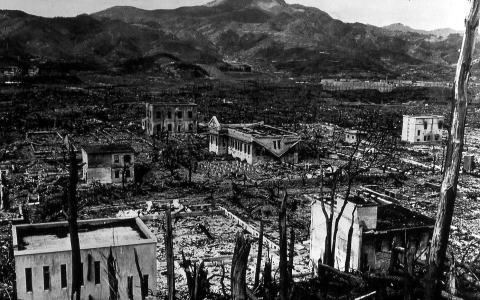
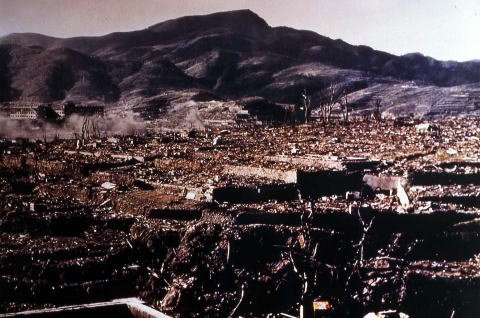
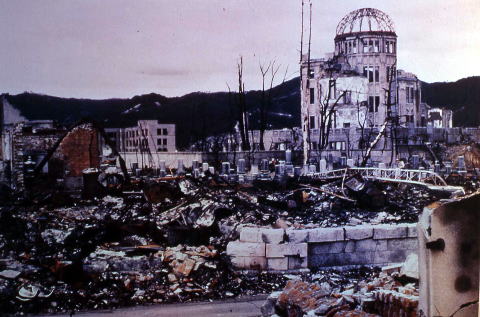
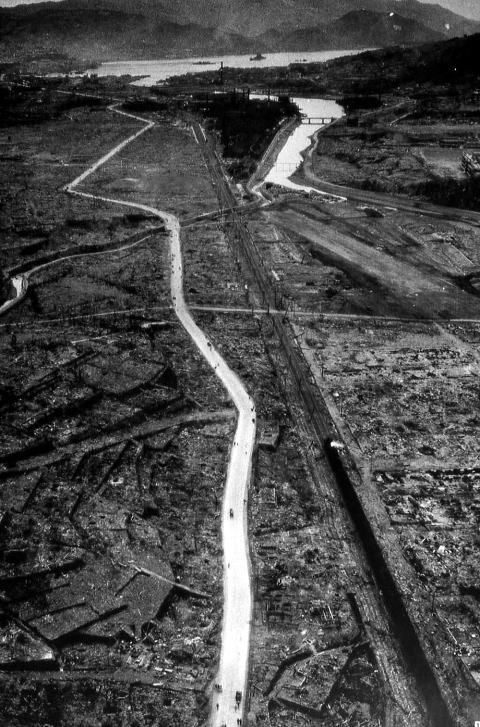
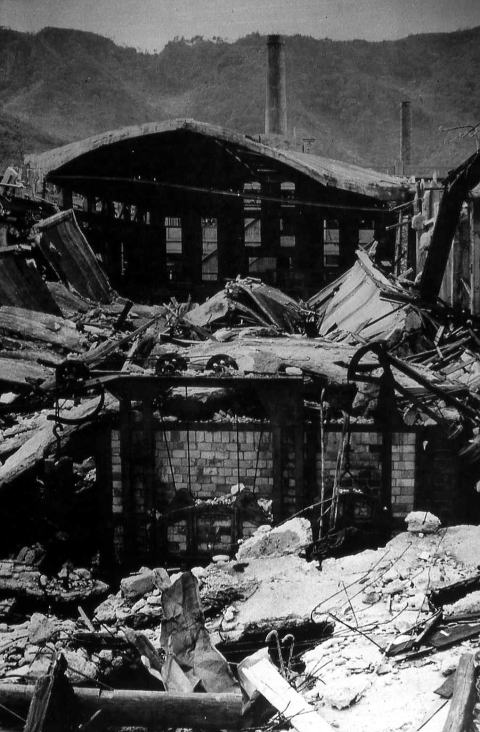
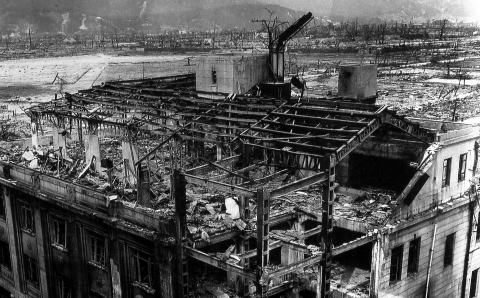
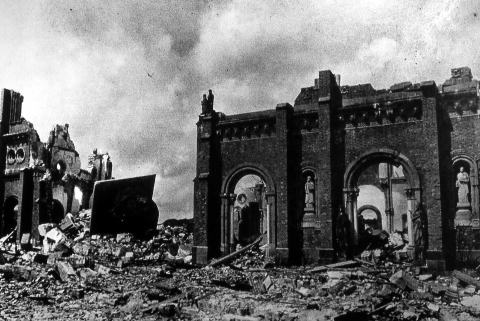
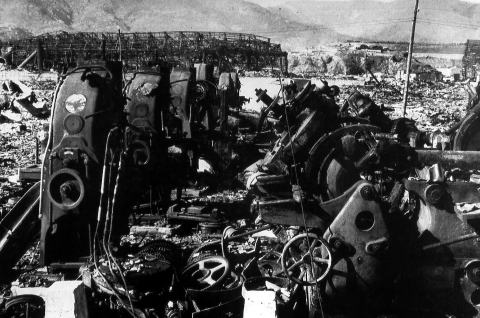
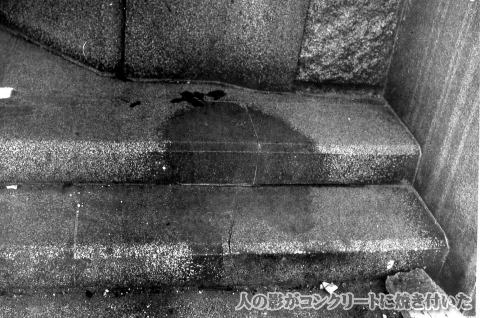
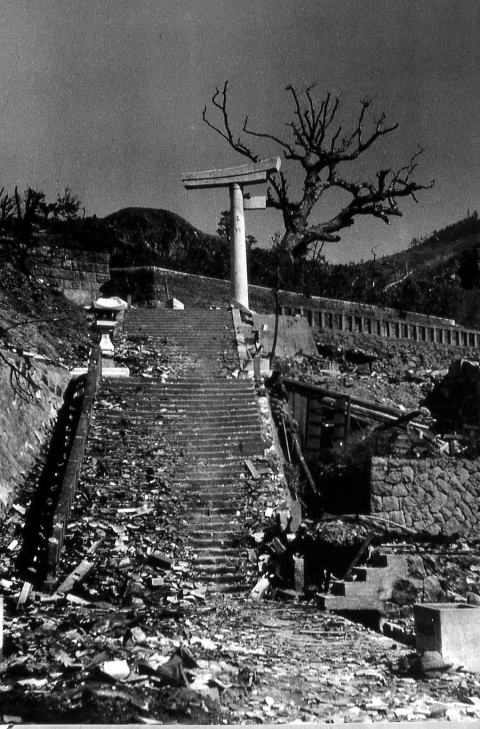
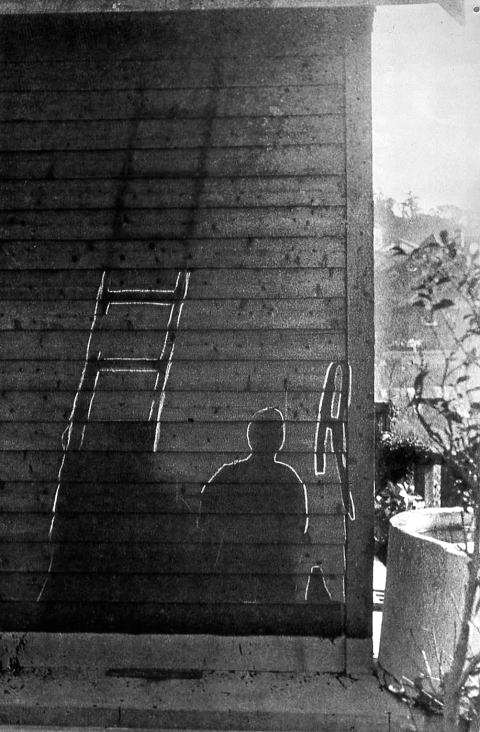

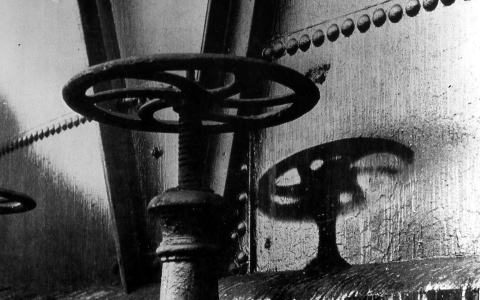
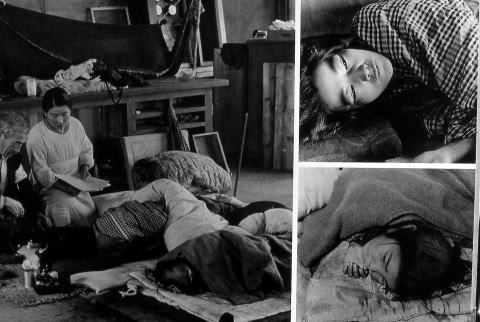
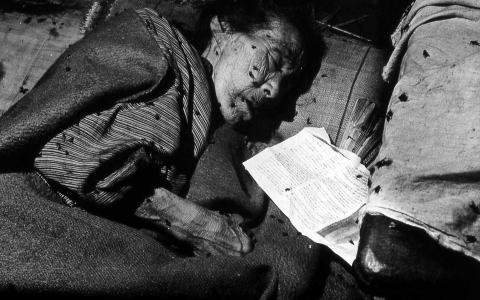

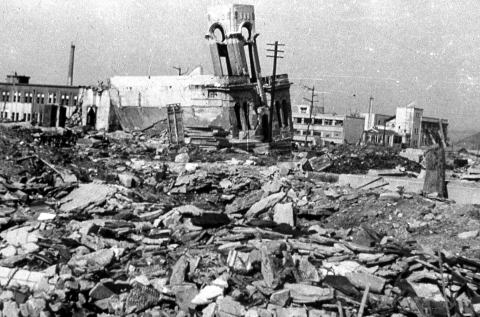
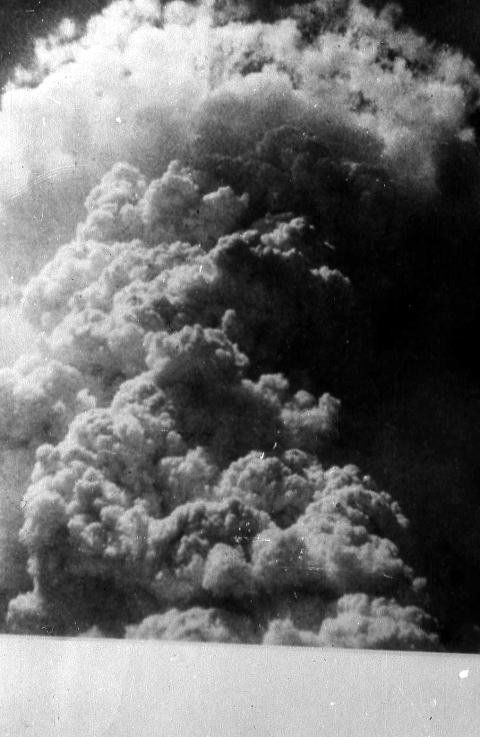
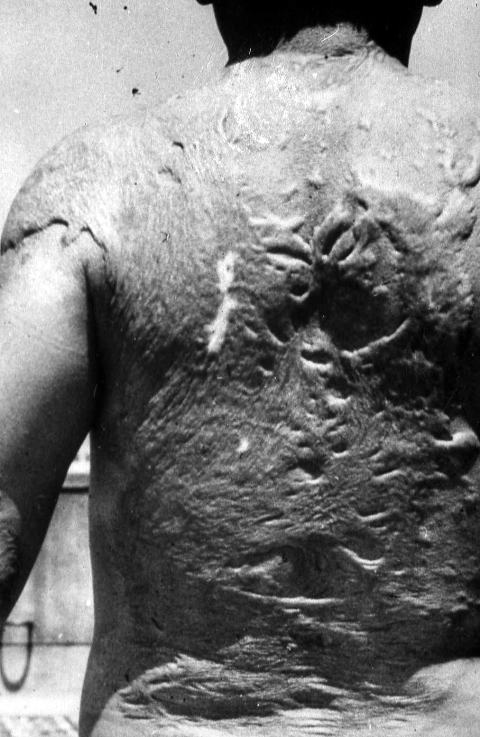
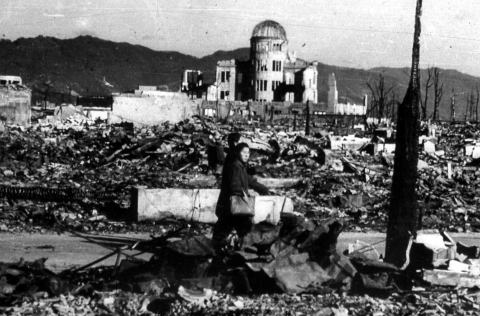
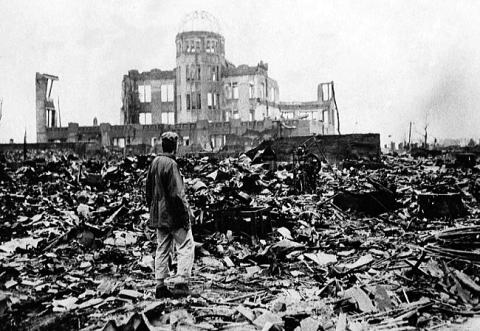
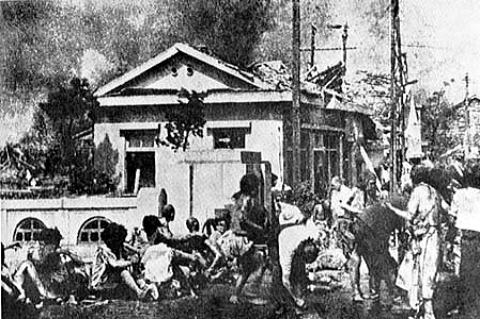
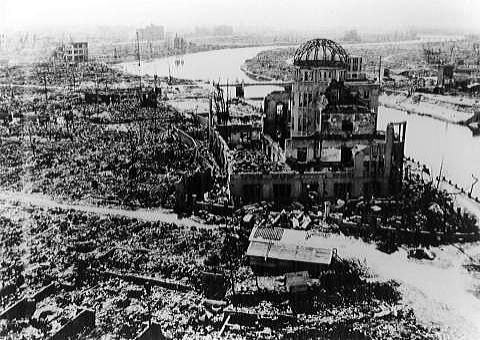
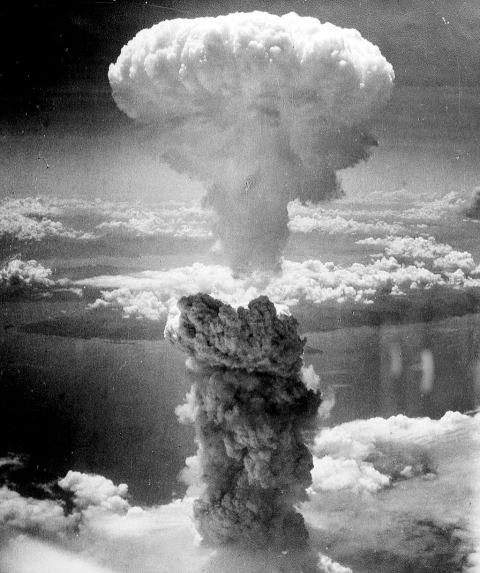
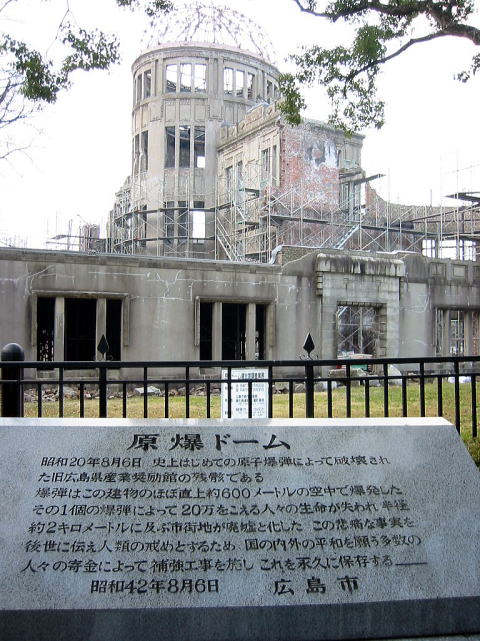
出典:「子供たちに、世界に! 被爆の記録を贈る会/平和博物館を創る会」
Source:
"To children, to the world! Association for Presenting Records of the
Atomic Bombing/Association for Creating a Peace Museum"
<プレスコード>
原爆の写真等のGHQによる新聞・出版などへの検閲基準=「プレスコード」が、1945年9月19日に発令され、GHQへの批判や原爆に関する記事などの多くが発禁処分された。
1952年に失効されたが、その間7年に渡って、新聞・雑誌・科学論文・ラジオ・映画シナリオに厳しい検閲が行われた。
これにより、原爆投下直後の広島・長崎の惨状や健康被害を適切な時期に正しく伝えることが出来ず、被害者への正しい治療や支援が出来なかった。そして、医療や科学的研究に対しても大きな妨げとなり、原爆投下直後の爆心地が高濃度に汚染されていることなどが、適切に警告されなかった。
<Press Code>
Additionally, the GHQ's "Press Code," a set of censorship standards
for newspapers and publications that included photographs of the atomic
bombing, was issued on September 19, 1945, resulting in the banning of
many articles critical of GHQ or about the atomic bomb
Although
the code expired in 1952, for seven years strict censorship was imposed on
newspapers, magazines, scientific papers, radio programs, and film scripts.
As
a result, the devastation and health damage in Hiroshima and Nagasaki
immediately after the atomic bombings could not be reported accurately and in a
timely manner, and victims could not receive appropriate treatment or support.
This
also significantly hindered medical and scientific research, and proper
warnings were not given about the high levels of contamination at ground zero
immediately after the bombings.




※参考
<原子爆弾>
アメリカのマンハッタン計画(原子爆弾製造計画)で、1945年7月6日にアメリカのアラモゴールド砂漠で世界最初の原子爆弾を爆発させ、8月6日、8月9日に人類史上初めて、都市の上空に原子爆弾を投下した。原料としては天然ウランから同位体分離により得られるウラン235、原子炉内に生じるプルトニウム239が用いられる。
広島にはウラン235を使用した爆弾(名称:リトルボーイ)、長崎にはプルトニウム239(名称:ファットマン)を使用した。瞬間的な原子核分裂連鎖反応に伴って発生する大量のエネルギーを利用した爆弾。
1Kgのウラン235が完全に核分裂を起こせば、およそNTN火薬の2万トンに相当する。原爆による被害は爆発時の閃光・熱、衝撃波及び放射線の効果だけでなく、残留放射能による影響も大きい。(出典:日本百科全書)
*Atomic Bomb
As part of the American Manhattan Project (a plan to build an
atomic bomb), the world's first atomic bomb was detonated in the Alamo Desert
on July 6, 1945, and the first atomic bombs in human history were dropped over
a city on August 6 and 9.
The raw materials used were uranium-235, obtained by isotope
separation from natural uranium, and plutonium-239, which is produced in
nuclear reactors.
The bomb used in Hiroshima was uranium-235 (named Little Boy),
while the bomb used in Nagasaki was plutonium-239 (named Fat Man).
These bombs utilize the massive amount of energy generated by an
instantaneous nuclear fission chain reaction.
If 1 kg of uranium-235 were to undergo complete nuclear fission,
it would be equivalent to roughly 20,000 tons of NTN gunpowder.
The damage caused by atomic bombs is not only due to the effects
of the flash, heat, shock waves, and radiation at the time of explosion, but
also the significant impact of residual radioactivity. (Source: Encyclopedia of
Japan)
<キノコ雲を町の誇りとする核の町「リッチランド」>
第2次世界大戦時、オッペンハイマーらが原子爆弾を開発・製造した米国の原爆開発計画「マンハッタン計画」の一翼を担った施設のベッドタウン、リッチランド。原爆のキノコ雲を町の誇りとして掲げる一方、核廃棄物による放射能汚染に対する不安が今も残る。リッチランドはアメリカ北西部のワシントン州にあり、シアトルから南東約250キロに位置する。マンハッタン計画でプルトニウムの生産拠点となったハンフォード・サイトに従事する労働者やその家族が住む町として新たにつくられた。ハンフォードで生産されたプルトニウムから長崎原爆「ファットマン」が製造された。
第2次大戦後も、東西冷戦による核兵器の開発競争があり、多数の核兵器の原料生産を担った。町はさらに発展。現在は約6万人が住む。原爆のキノコ雲が高校のシンボルマークとされ、留学した日本人の高校生が問題提起したことでも知られる。現在は役割を終え、土地の除染や建物の解体が続けられている。このハンフォード・サイトで働く人のベッドタウンがリッチランドだ。(出典:東京新聞
他)
Richland, a Nuclear Town that Takes Pride in Its Mushroom Cloud
Richland is a bedroom community of the facilities that played a
part in the Manhattan Project, the U.S. atomic bomb development program led by
Oppenheimer and others during World War II.
While the town prides itself on the atomic mushroom cloud,
concerns about radioactive contamination from nuclear waste remain.
Richland is located in Washington State in the northwestern
United States, approximately 250 kilometers southeast of Seattle. It was newly
established as a community for workers and their families employed at the
Hanford Site, the Manhattan Project's plutonium production base. The plutonium
produced at Hanford was used to produce the Nagasaki atomic bomb, "Fat
Man."
After World War II, the Cold War nuclear arms race continued,
and the town continued to produce the raw materials for numerous nuclear
weapons. The town continued to grow, and is now home to approximately 60,000
people.
The mushroom cloud from the atomic bomb is known for being the
symbol of a high school, and for raising concerns about it after a Japanese
student studying abroad raised the issue. The site has now completed its role,
and decontamination of the land and demolition of buildings are ongoing.
Richland is a commuter town for people who work at the Hanford Site.
(Source: Tokyo Shimbun and others)
映画『リッチランド』公式ホームページhttps://richland-movie.com/#mo
リッチランド (ワシントン州) -
Wikipedia
SUNAK FILM TOP
SUNAK DOCUMENTARY PHOTO